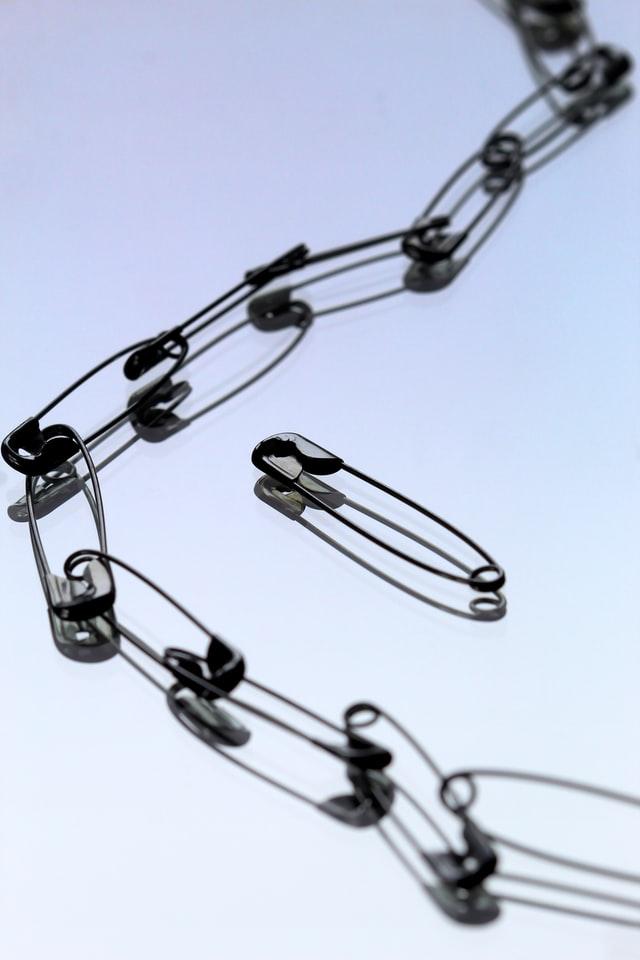Divestiture is exiting from a business, it is the opposite of diversification. Outsourcing is also different from divestiture. Divestiture is when you exit the entire value chain. Outsourcing is when you exit only part of the value chain.
- How can we decide whether we should divest?
- From which particular business shall we divest?
- What options (modes) available?
Modes of Divestiture
There are a few basic modes:
| Sell-off | another company would buy your business, opposite of Merger and Acquisition |
| Spin-off | the business would become independent its shares going to original shareholders |
| Equity Carve-out | the business initially remains part of the firm with outside investors become part owner overtime original firm will sell all its shares |
| Split-up | shares are created in the underlying business like spin-off but the former parent not longer exist |
Equity Carve-outs often end up like Sell-offs or Spin-offs. Split-ups are often implemented through Equity Carve-outs and Spin-offs.
Divestiture Test
When we consider divesting a business, then we should be comparing the current situation with the new situation. The value from divesting B depends on the divestiture mode.
Value(A + B) < Value(A) + ValueFromDivestingmode(B)From this we can derive basic concepts for when we should divest or not.
- Synergies – A and B is greater if jointly operated rather than separately operated. If we think there are synergies, there are arguments for keeping these businesses together. However, if we believe there are no synergies, then there will be arguments that business should be separate.
- Better Parent – Another owner can pay for a business than what that business is worth to you. If there is a better parent, that will be a reason for divesting the business.
| Better Parent: Yes | Sell-off / Spin-off | Sell-off |
| Better Parent: No | Spin-off | Keep / Equity Carve-out / Spin-off |
| Synergies: No | Synergies: Yes |
You may want to divest when there is synergies and even better parent is out there. As corporate strategist, we want to actively consider our portfolio, even if the businesses are doing well.
Regional Perspective
The reason why divestiture can become so contentious is because divestiture comes with emotions, and these emotions are very likely to differ across people, regions or cultures. In the US, fiduciary duty of the board of an US company, towards the corporation as a whole, not uniquely towards the shareholders. Divestiture involves tough decisions, not only because the analytical complexity, but also because outcomes differ from people. The outcomes which are deemed acceptable will depend on the country where you operate.
An approach to make decision
Step 1. Finding synergies
We are interested in finding out if there are synergies between the business that we may want to divest and other businesses in our portfolio. Because we are looking at operational synergies, we shall start with value chains.
Step 2. Identifying better parents
A better parent is someone who can pay more for the business that what it is worth to you. Potential buyers include:
- companies already active in similar business
- companies not yet active in similar business
- financial buyers, who are not interested in synergies, but they improve the financing structure of the companies they bought.
Even if your businesses are doing well, even if you create synergies between these businesses, the competition is raising the bar for you about how much value you should create. If someone can create more value than you can, then the question arises whether you are the right parent for this business.
Step 3. Choosing divestiture mode
In this step we combine both ‘synergies’ and ‘better parent’ criteria and decide on the mode.
My Certification
For more on Corporate Strategy: Divestiture, please refer to the wonderful course here https://www.coursera.org/learn/corporatestrategy
Related Quick Recap
I am Kesler Zhu, thank you for visiting my website. Checkout more course reviews at https://KZHU.ai
